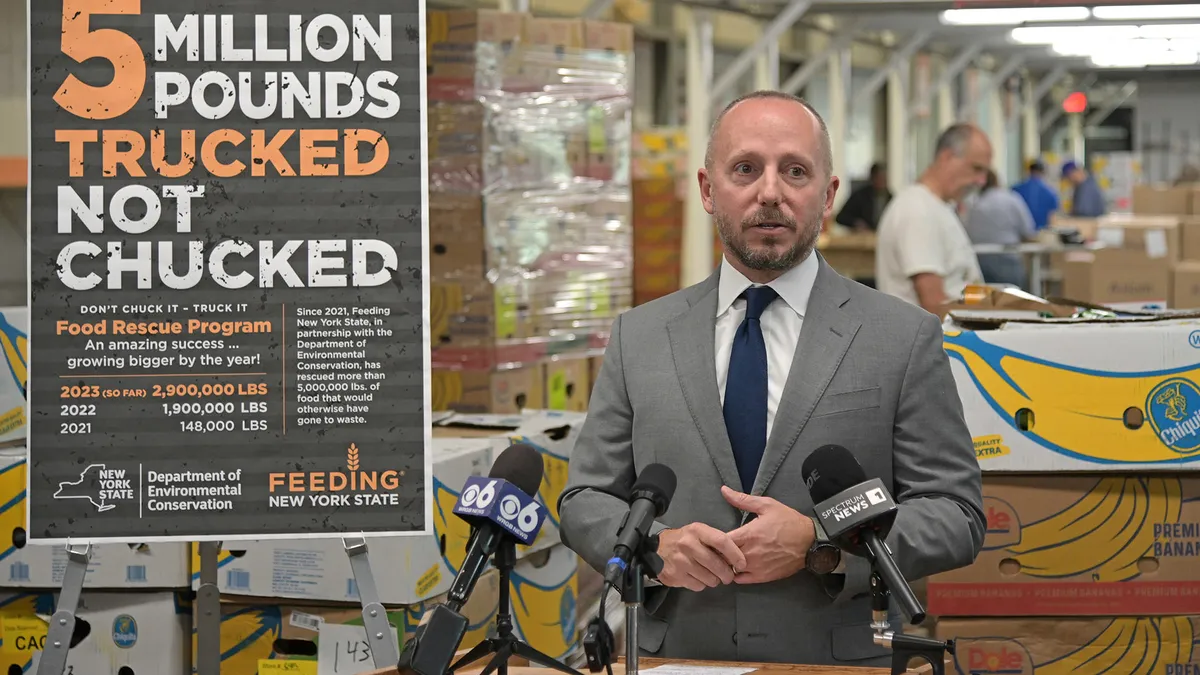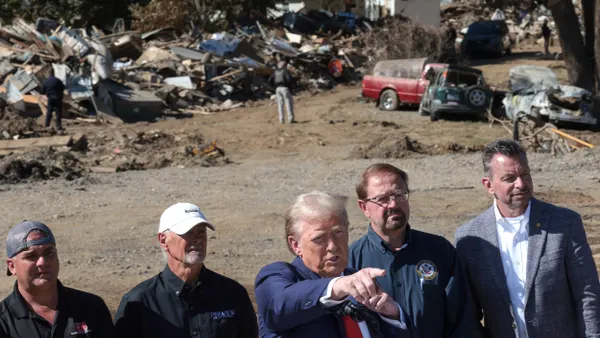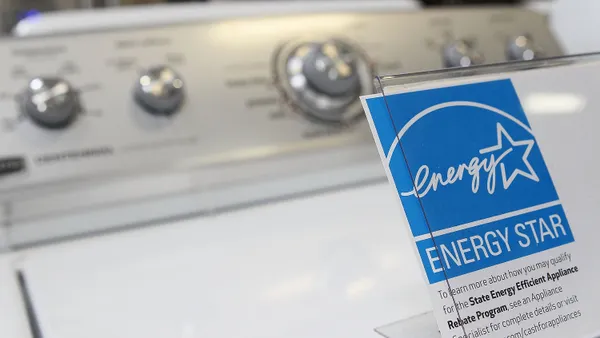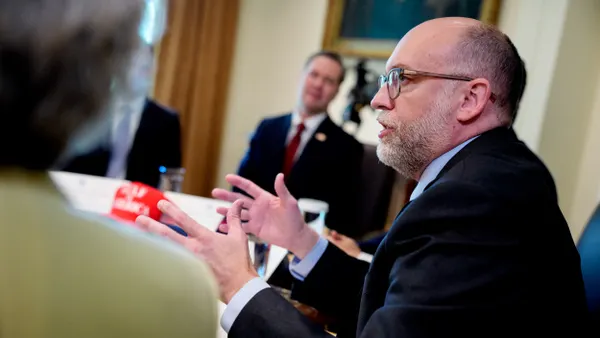The New York State Department of Environmental Conservation is calling for a series of measures to increase recycling of the state’s total waste stream to 85% by 2050, including developing a universal EPR framework, expanding organics recycling and implementing a disposal surcharge for all disposed waste.
It announced the proposals as part of the agency's 10-year solid waste management plan, which it released in December. The plan has six focus areas: waste reduction and reuse; recycling, recycling market development and resiliency; product stewardship and extended producer responsibility; organics reduction and recycling; toxics reduction in products; and advanced design and operation of solid waste management facilities and related activities.
“The state’s new Solid Waste Management Plan is a roadmap for advancing more sustainable solid waste management to reduce landfilled waste and address one of New York’s largest contributors to climate-altering greenhouse gases,” DEC Commissioner Basil Seggos said in a release. “Working closely with DEC’s state, local, and community partners, New York State is bolstering existing efforts to divert waste from landfills, return materials back to productive use, and reduce climate emissions.”
In its announcement, the agency highlighted efforts it made to improve the circularity of materials since its previous 10-year plan took effect in 2010. That includes providing more than $5 million in total grant funding for food scrap recycling or emergency food donation programs and securing a U.S. EPA Solid Waste Infrastructure for Recycling grant that will help create an online reporting system for waste and recycling facilities, per the release.
New York's recycling rate has increased since its last plan, but that's almost entirely due to increases in C&D recycling, as the MSW recycling rate has essentially stagnated. The plan relies on data from 2018 and does not reflect changes in the recycling market since then due to China's National Sword policy or the COVID-19 pandemic. The agency is partnering with Stony Brook University on an analysis of more recent data from those years.
In 2018, 43% of the state's 42.2 million tons of MSW was recycled. Of the rest, 32% was landfilled in the state, 8% was incinerated in the state and 17% was exported out of state.
The agency also estimates that per capita MSW generation remained essentially unchanged from 2008 to 2018. While the state is still seeking to reduce that number, it considers the metric to be a positive sign because waste generation generally grows when an area's gross domestic product grows, as the state's did by 35% over the same period.
To achieve further reductions, the agency’s action items include several measures that need support from the state legislature. That includes a call for EPR for packaging as well as a framework that DEC can use to implement EPR for any other materials the state would like to regulate. Such a framework would “establish a comprehensive process for recommending, developing, proposing, and passing new EPR laws that follow best practices,” per the plan. The agency hopes to begin using such a framework in 2027.
Other legislative asks include an expansion of the state’s bottle bill, EPR for textiles, minimum post-consumer content requirements for certain materials, support for public-private partnerships for recycling facility development, funding for on-site organics processing capacity and more. Several of those items, especially EPR, have earned attention from Albany in recent years as the legislature looks to support DEC.
Landfilling
In 2018, New York’s landfills received nearly 12.5 million tons of waste, 75% of which went to MSW landfills. But as landfill and incinerator capacity in the state continues to tighten, the agency's plan takes aim at waste disposal.
It calls for a “disposal disincentive surcharge” to encourage materials generators to find alternatives to landfilling or combustion. At $5 per ton, such a charge would generate $133 million per year, which the DEC would funnel to municipalities to implement their solid waste plans.
The agency notes that “more than 30 states” already use a form of the fee structure. In emailed comments, Natural Resources Defense Council’s New York City Environment Director Eric Goldstein said the proposed fee follows the example set by other states and is “one of the stronger elements of the plan and a very sensible one.”
“If state policy is to encourage waste prevention, composting and recycling and discourage landfilling and incineration, the most direct way to do so is to use a financial strategy that disincentivizes disposal routes you’d like to minimize and that assist municipalities in advancing alternatives you want to accelerate,” Goldstein said.
The National Waste & Recycling Association “strongly opposes” the proposal, Lew Dubuque, the organization’s Northeast vice president, said in an email. He said the plan is unclear as to whether disposers or landfills themselves would pay the charge, and the group wants to ensure that if it does pass, it’s applied to “true polluters” rather than appropriately operated MSW landfills.
The DEC would need legislation to enact such a fee. It also said it would need three years to implement such a rule after it’s passed, which the agency wants to occur in 2025.
Organics
In addition to the agency’s waste reduction goal, DEC must also reduce greenhouse gas emissions by 85% by 2050 compared with 1990 levels to comply with the New York Climate Leadership and Community Protection Act. Waste accounts for 12% of the state’s emissions, and the waste industry is the fourth largest contributor to emissions, behind buildings, transportation and electricity.
While food scraps account for about 17% of MSW, the agency identified the material as an outsized cause of emissions from the waste sector. It further estimates that landfills account for 78% of waste emissions, combustion accounts for 7%, and wastewater treatment accounts for 15%.
Some of the plan’s 34 actions regarding organics reduction and recycling require legislative involvment, most notably an expansion of the existing Food Donation and Food Scraps Recycling law. The law, which went into effect in 2022, currently applies to businesses that generate at least two tons of food scraps per week on average, with some exceptions for places like schools and healthcare facilities. Generators also must be within 25 miles of a "viable organics recycler" to be a part of the program.
The plan calls for the elimination of the mileage limit and for more food scrap generators to be covered under the law, including residents. It emphasizes that much of the food scraps that are currently wasted could be diverted to the food insecure before relying on existing facilities. The agency found the state has four anaerobic digestion facilities and 66 permitted composting facilities.












